SPORT PATENTS

SPORT PATENTS

What is a Patent?

A United States patent for an invention is the grant of a property right to an inventor, issued by the United States Patent and Trademark Office (USPTO). U.S. patent grants are effective only within the United States, U.S. territories, and U.S. possessions. According to U.S. law, the right conferred by a patent grant is “the right to exclude others from making, using, offering for sale, or selling” the patented invention in the United States or “importing” the invention into the United States. What is granted is not the right to make, use, offer for sale, sell or import, but the right to exclude others from making, using, offering for sale, selling or importing the invention. Once a patent is issued, a patentee must enforce the patent without aid of the USPTO.
FREQUENTLY ASKED QUESTIONS


The patent law specifies that the subject matter must be “useful.” The term “useful” in this connection refers to the condition that the subject matter has a useful purpose and also includes operativeness, that is, a machine which will not operate to perform the intended purpose would not be called useful, and therefore would not be granted a patent.
Interpretations of the statute by the courts have defined the limits of the field of subject matter that can be patented, thus it has been held that the laws of nature, physical phenomena, and abstract ideas are not patentable subject matter.
A patent cannot be obtained upon a mere idea or suggestion. The patent is granted upon the new machine, manufacture, etc., as has been said, and not upon the idea or suggestion of the new machine. A complete description of the actual machine or other subject matter for which a patent is sought is required.
There are many factors that go into receiving a patent. In addition to being useful, an invention must be new and non-obvious over the most nearly similar thing already known. To be considered new, the same invention cannot have been described in a printed publication, have been in public use or on sale or otherwise available to the public before the filing date of a patent application of the invention. Contact legal counsel for a thorough discussion of the requirements for patentability.
Utility Patent: Generally, the term of a new utility patent is 20 years from the date on which the application for the patent was filed in the United States or, in special cases, from the date an earlier related application was filed, subject to the payment of maintenance fees. U.S. patent grants are effective only within the United States, U.S. territories, and U.S. possessions. Under certain circumstances, patent term extensions or adjustments may be available.
Maintenance fees are due at 3.5, 7.5 and 11.5 years from the date the patent is granted and can be paid without a surcharge during the “window period,” which is the six-month period preceding each due date, e.g., three years to three years and six months. Failure to pay the current maintenance fee on time may result in expiration of the patent. A six-month grace period is provided when the maintenance fee may be paid with a surcharge.
Design Patent: A design patent issued prior to May 13, 2015 has a term of 14 years from grant, and no fees are necessary to maintain a design patent in force. Effective May 13, 2015, patent term has been revised to 15 years from the date of patent grant for design patents issuing from both national design applications under chapter 16 and international design applications designating the United States, and no fees are necessary to maintain a design patent in force.
No, you do not have to have a prototype. However, a patent application must include enough information to enable any person skilled in the technological area to which the invention pertains, or with which it is most nearly connected, to make and use the same. Depending on the type of invention, an enabling disclosure may require detailed drawings of the invention to meet the enablement requirement.
Costs may vary depending on the technology of the invention and/or if an inventor seeks a utility patent, a design patent or both.

